Forgotten by time: little-known Soviet cars
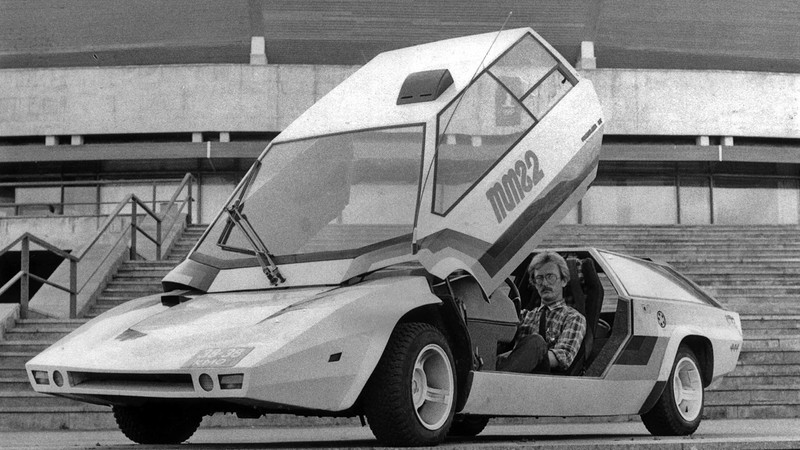
It is believed that the Soviet auto industry as a whole was very scarce on all fronts. The Soviet motorist most often got the same type of stamped cars that could not boast of either an exquisite design or a technical component. But is this really so? Few people know that sometimes Soviet cars created really interesting models that for some reason were not put into mass production.
On the other hand, news periodically appeared that someone had assembled cars in his garage that were able to compete or even surpassed foreign concepts of that era. Like much in the Soviet Union, these events most often remained in the shadows, and only recently began to get into the network photos of conceptual Soviet cars of those times that could reflect the true scale of this phenomenon.
Who did this?
And if tuning of existing cars was very popular in Western countries, the Soviet “home-made ones” preferred to create unique cars from scratch. Most often, such craftsmen created exclusive cars on their own or in a team with like-minded people for personal use. Of course, there were those who tried to promote their creations, arranging demonstration races, thereby raising the culture of the Soviet automobile industry. Such races did not go unnoticed - in transit cities, such vehicles gathered hundreds of enthusiastic spectators. To some extent, it was like modern auto shows and exhibitions.
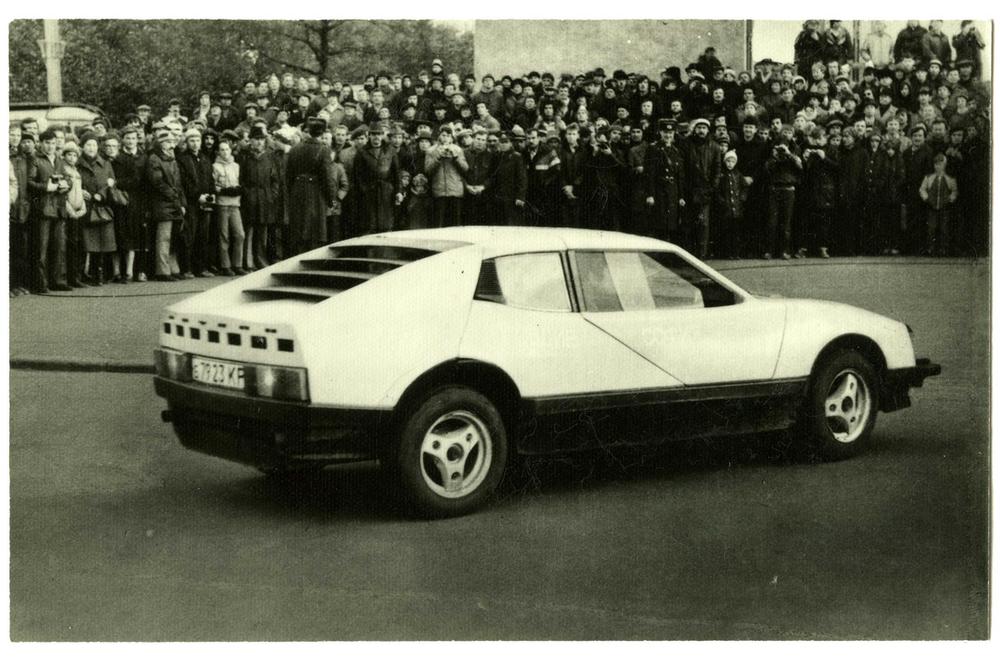
Those who did not want to attract wide public attention, and made cars exclusively for personal use, were much more. In almost every more or less large Soviet city one could meet one, or even several cars, which had no analogues in the world. Such cars were created by ordinary citizens, who often were not even auto mechanics. In order to make your own car from scratch, a person had to be at least talented and technically well-versed. But the main thing that motivated such craftsmen was the idea itself to realize its creative plan. But the fee for this was very high - several years spent in the garage and the substantial costs for the component. Most often, such designers had a detailed technical design, which they tried to adhere throughout the entire production. In turn, many technical units and parts are often refined "on the go."

In general, the authorities were quite loyal to such activities, however, there were official "Technical requirements for individually manufactured cars" that required the use of basic technological systems, such as brakes, steering gear, and lighting equipment exclusively made in the Soviet Union.
How were they created?
The main problem when creating home-made cars was the lack of workshops. Most of the creators of exclusive cars were average people who lived in apartments. But this was not an obstacle for them - one of the rooms was converted into a workshop, and various technical units, or even whole bodies, were created separately in it. Against this background, the descent of the finished car from the balcony of the apartment seemed a trifle. There are cases when cars were lowered to the ground using ropes (the sports car of the Shcherbin brothers), sometimes a truck crane (the concept car of Henryk Matevosyan from Yerevan) was used.
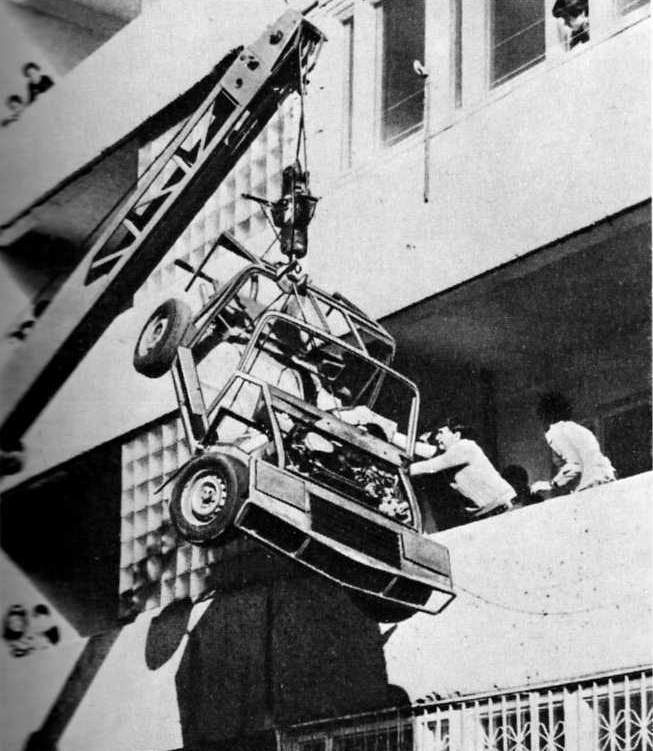
As far as the technical part of the home-made cars was concerned, here too it was possible where to turn around. To install an exclusive body on the Zhiguli chassis was too boring, so the designers created their own chassis. Sometimes it was too long and expensive to order a finished engine from the store, so the craftsmen created their own engines. So in the 1980s, the Весна Vesna ’machine appeared to be unprepossessing, designed by Vladimir Mironov, which had an automatic transmission unprecedented in the USSR at that time with a V-belt variator of its own production. Of course, such technology has long been used in DAF cars, but in the Soviet Union few people knew about it, and many wanted to use an automatic transmission. The bodies of our own production were usually made of fiberglass impregnated with epoxy resin. Body parts were glued onto a blank of wood or gypsum, and in rare cases, into a matrix. Matrix technology was more reliable and allowed to replicate the body in small batches.

After the machine was created and ready for use, it naturally had to be registered, to obtain a data sheet and numbers. To do this, it was necessary to provide the traffic police with the conclusion of a technical commission on the safety of the built vehicle. Usually, such conclusions were issued by the All-Union Voluntary Society of Motorists. In addition, it was necessary to attach receipts of all acquired technical parts and materials confirming the legality of their acquisition. However, this was often turned a blind eye, and registration took place without much difficulty.
After the car received the numbers, it was often subjected to further restyling. There are cases when an absolutely new one was created on the basis of one car, since the photograph of the vehicle was not attached to those passports. Be that as it may, due to the fact that such cars were created with love, some of them are still on the go or rest in museums, while maintaining a decent technical and external condition.
Victory Sport, 1950
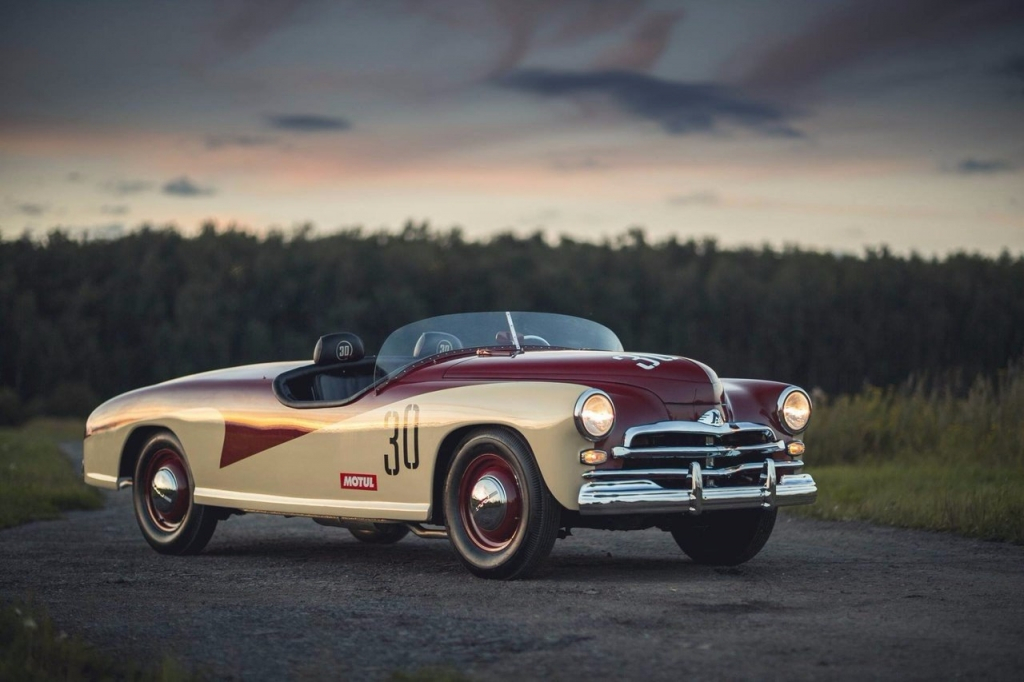
In 1948, a special resolution was issued by the government of the USSR banning the use of foreign cars in intra-union car competitions. So, in 1951, on the basis of the bodies and assemblies of the Pobeda serial car manufactured at the Gorky Automobile Plant, a group of engineers under the leadership of A. A. Smolin invented three Pobeda-Sport sports-racing cars, code-named GAZ-20- SG1 "for ring competitions. These models were the first truly successful Soviet sports cars. They were equipped with engines with rotary superchargers with a capacity of 105 liters. from. Due to what the car could reach a speed of 190 km / h. For six years, two more copies of the sports “Victory” were created. In total, three USSR championships (1950, 1955 and 1956) were won on Victory-Sport machines.
"ZIS-112", 1951
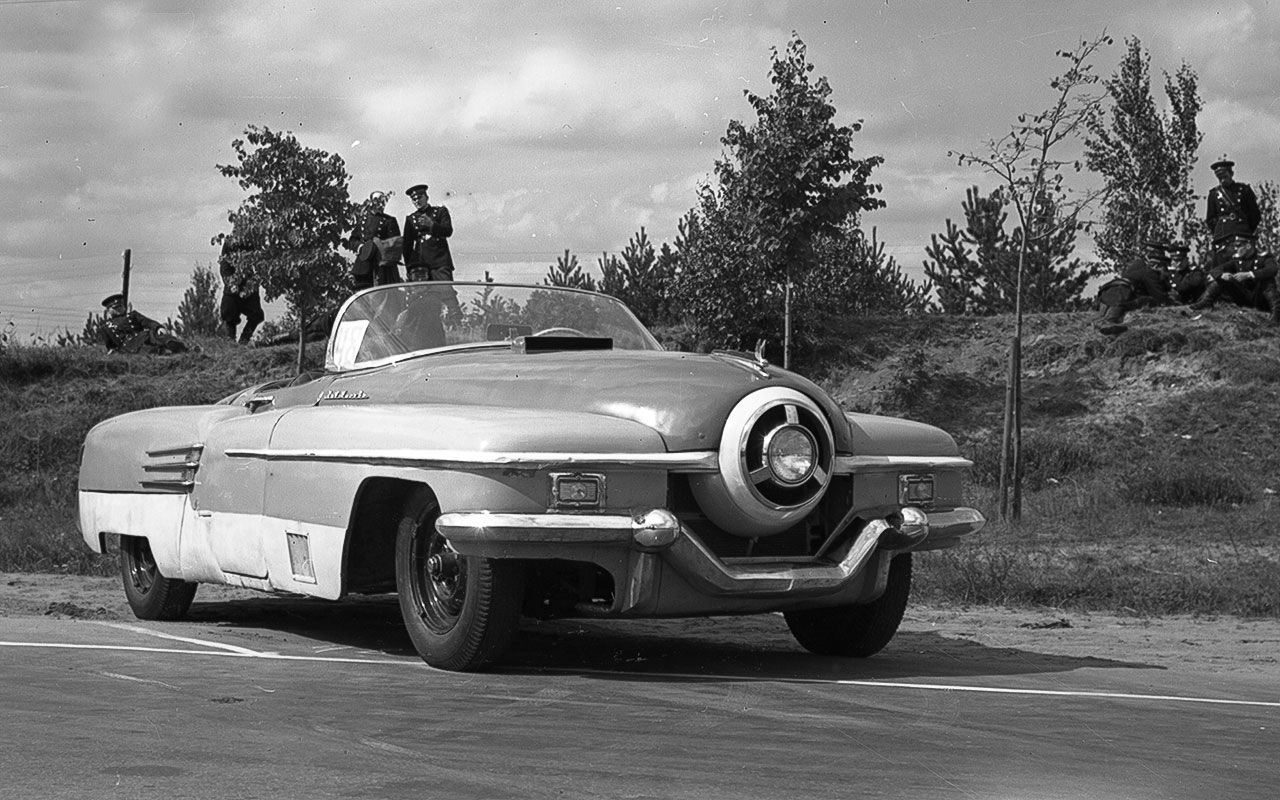
Simultaneously with Pobeda-Sport, another interesting sports car was created at the Stalin plant - the ZIS-112, which was released in 1951. Due to the specific shape of the front, it was also unofficially called a “one-eyed” or “cyclops”. The body-roadster of the car was developed by designer Valentin Rostkov, who was inspired by the design of the Buick X90. In addition, “ZIS-112” became the first Soviet car in which the body was made of fiberglass material. The first model was not allowed to participate in races, as it had a length of six meters and a weight of almost three tons, which is why it was modified several times in the future.
“Labor” 1964
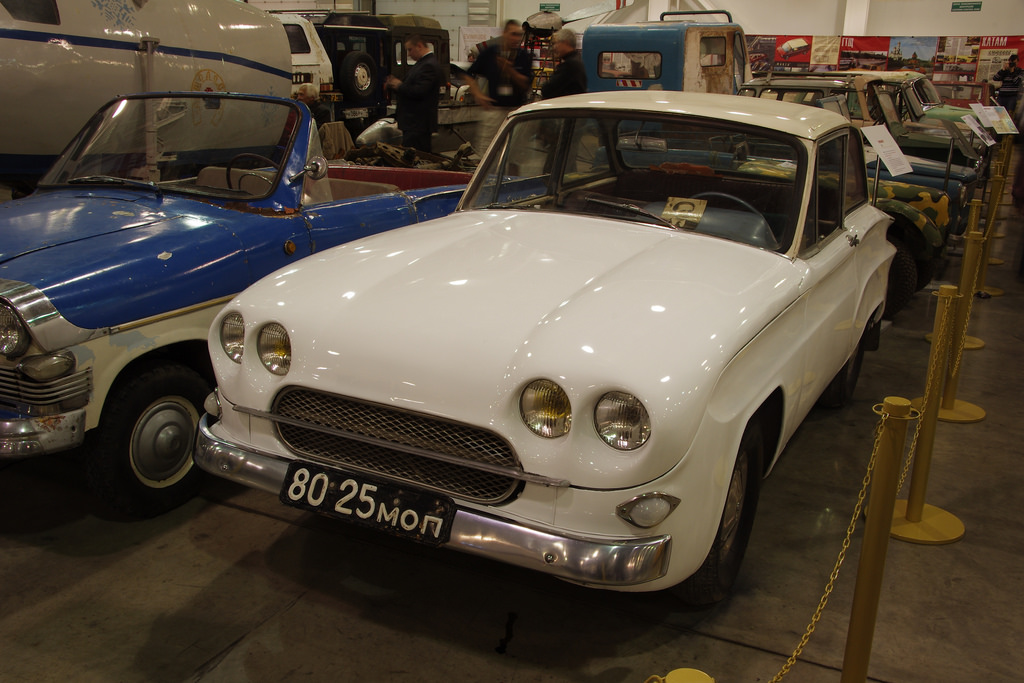
A home-made car under the symbolic name “Trud” was created by Moscow engineer O. Kucherenko in 1964. The main feature of the car was a metal body, which impresses with the laboriousness of work. The master made all of the rounded details from carefully fitted and then welded pieces of sheet steel. The engineer did not wait for the engine from the store and installed a 3-cylinder engine of his own production on Trud.
Moskvich 408 "Tourist", 1964
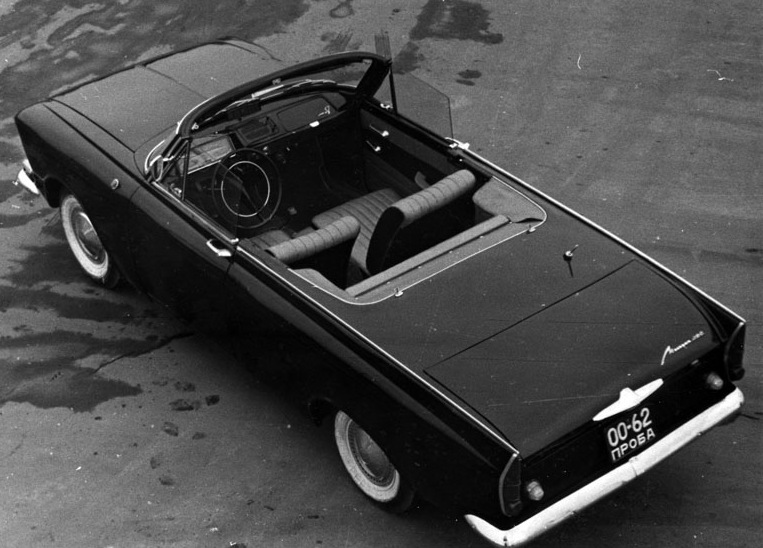
In 1964 he saw the light of the very popular "Moskvich" series 408 at that time, some of which are still found on the roads. But at the same time as the classic model, a variation of the 408th, entitled “Tourist,” was also released. The car was made in an unusual style for a Soviet person coupe-cabriolet. The main disadvantage of the "Tourist" was that the folding roof did not fit completely in the trunk, which is why it had to be disconnected and stored separately. The main production capacities of Moskvich were directed to the production of the classic 408th model, and the Tourist model came out in only two copies and later did not go into mass production.
"GTSC", 1969
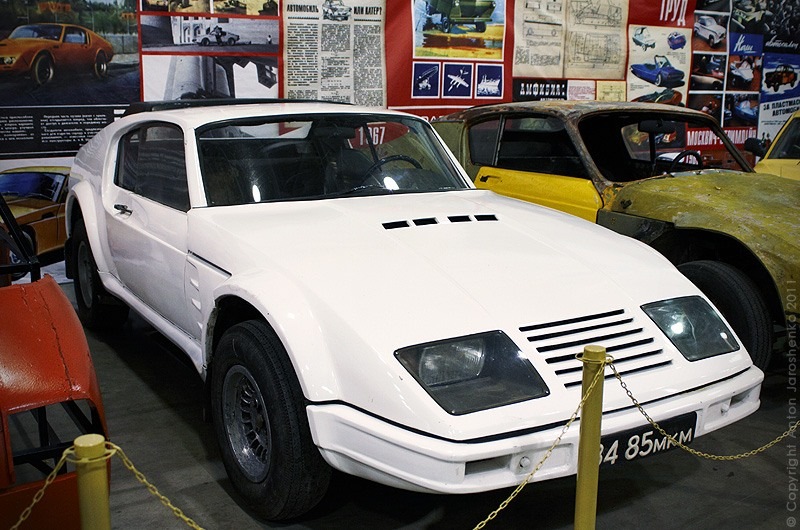
Perhaps one of the most famous Soviet “samavto”, the name of which is encoded the name of the brothers-creators - “Gran Turismo Shcherbininyh”. The car was installed 2.45 liters. the engine from the GAZ-21 with a capacity of 75 hp, which accelerates the GTsch to a speed of 150 km / h. The frame of the car Anatoly and Vladimir Shcherbina were welded in the courtyard of a multi-storey building, after which they raised it to the seventh floor of the apartment and gradually covered it with panels glued from fiberglass. After the body was ready, the car was again lowered into the yard and fully equipped with power units, suspension, interior elements, etc. Having suffered two restyling, the car in a fairly good condition has survived to this day.
Pangolin, 1980
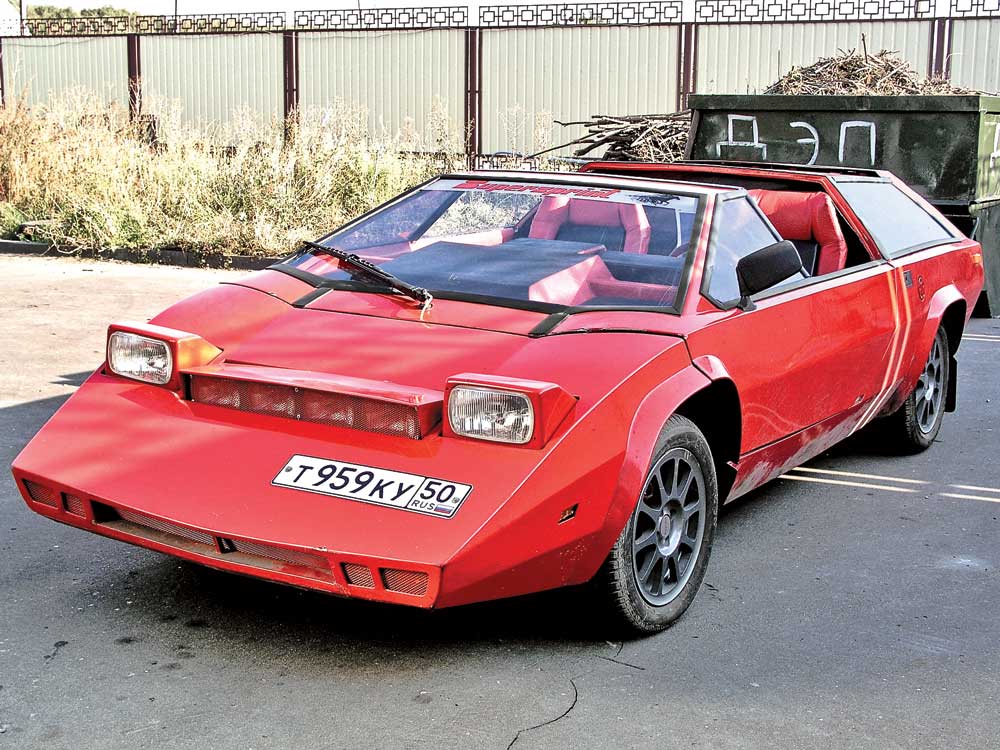
Another iconic Soviet car demonstrating the flight of fantasy of the then engineers. And this unusual car was built by Alexander Kulygin based on the VAZ-2101. A futuristic, but at the same time relatively simple body design made it possible to glue body panels on plywood blanks. They decided to call the car “Pangolin” due to the distant resemblance to an armadillo. The car had a number of innovations, which at that time were new to Soviet people.
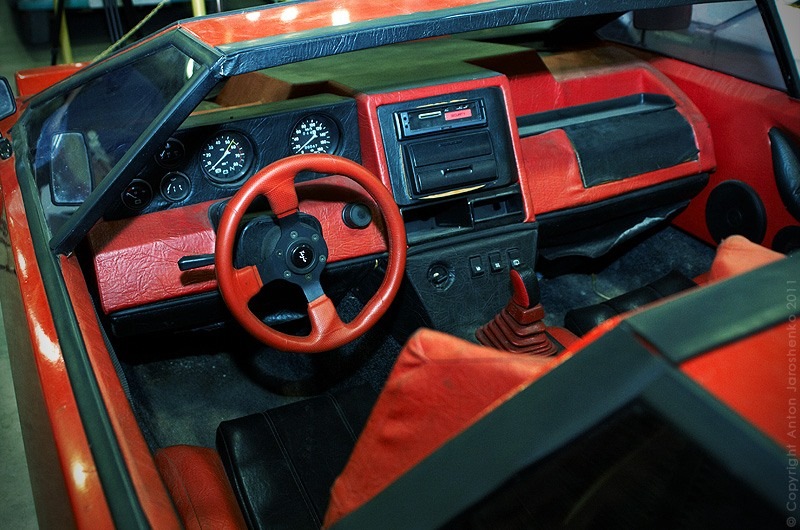
So, the role of the doors was performed by a roof rising with the help of a pneumatic drive along with side and windshields, and the engine was started using a digital code. Kuligin built the “Pangolin” throughout the year in his hometown of Ukhta, together with a group of pioneer students from the circle of technical creativity. The finished car had to be transported to Moscow by rail, as the poor roads of the northern city did not allow it to do it on its own.
Mercury, 1982
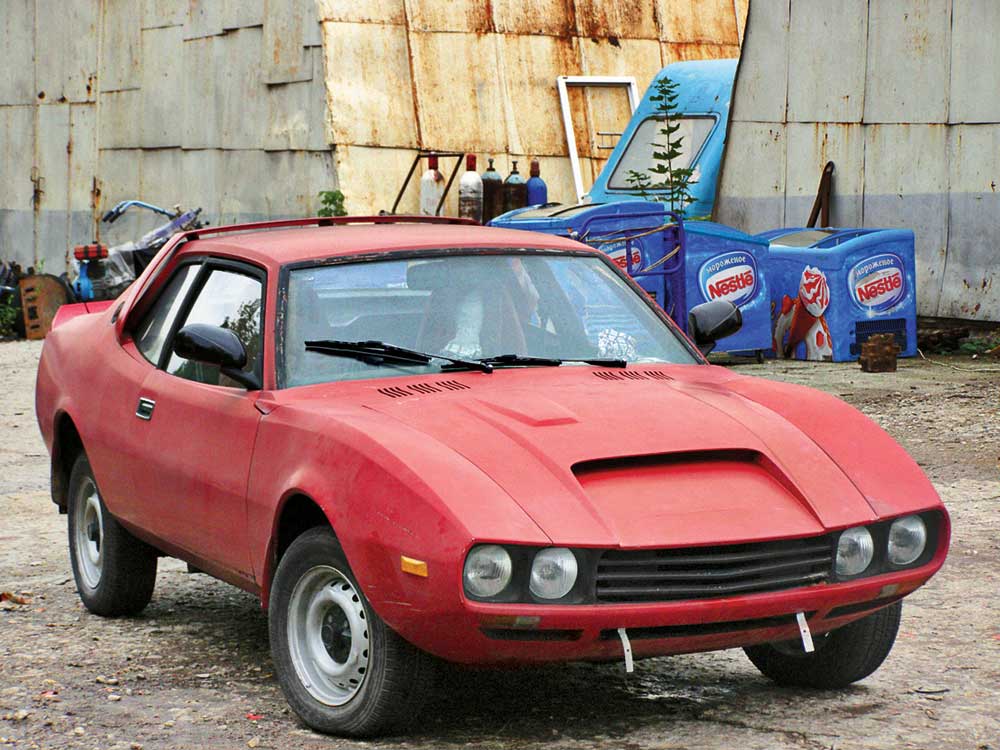
In the early 1980s. Mr. group of enthusiasts of three people: the artist, sculptor and locksmith decided to create an exclusive car based on the VAZ-2106. Locksmith, Vladimir Ivanovich Mishchenko, who led the project, already had experience in building home-made cars. In 1982, a self-made Mercury car was born. In total, five copies of the car were built: three in Moscow and two in Tbilisi. The first prototype was built in one of Moscow's cellars, and one of the best-preserved copies of Mercury was recently converted into an electric car.
Laura 1985
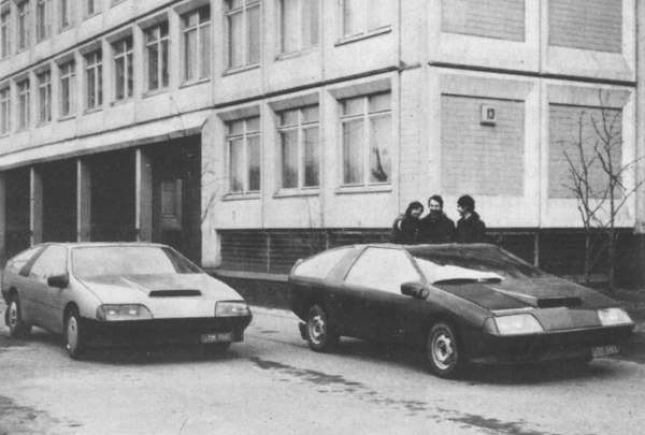
In 1981, in Leningrad, the next race of home-made cars was organized by the journal "Technique-Youth". Impressed by this spectacle, two comrades Gennady Khainov and Dmitry Parfyonov decide to create their own cars. The next three years, friends spent working in a barn on the outskirts of the city, and now - in 1985 two almost identical cars were created, which received the general name "Laura".

The highlight of the cars was a homemade McPherson suspension and a futuristic body, with a supporting frame made of water pipes, glued with fiberglass and foam plastic sandwich panels. The engine for the Laura was taken from a VAZ-2105, the CV joints were used from the Niva, and the gearbox from Zaporozhets was turned back and forth. Strength calculations comrades performed using a computer of one of the universities under the guise of laboratory work.
Triton, 1985
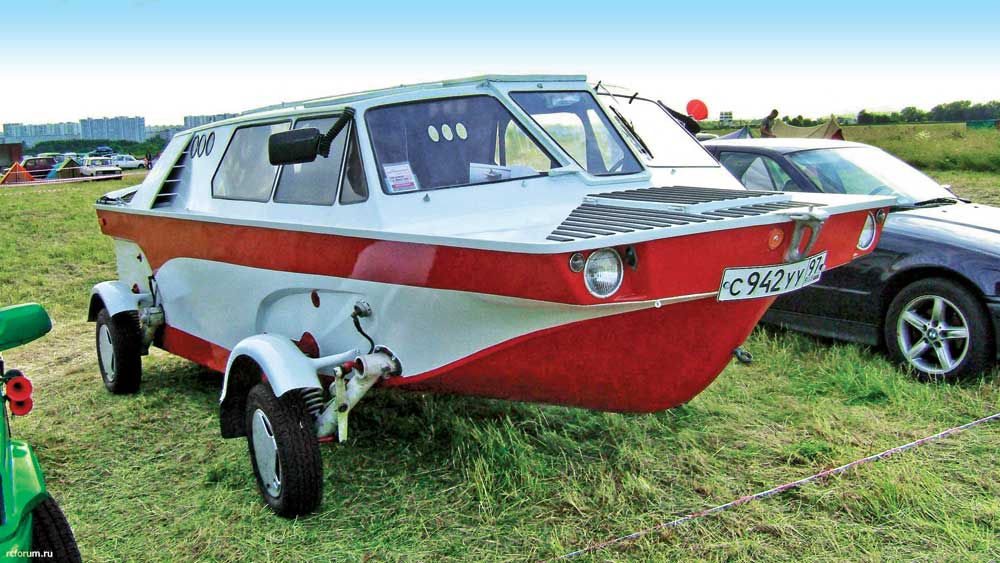
Triton is a unique amphibious car created by Moscow engineer D. Kudryachkov. The car was simultaneously registered with the traffic police and the State Inspectorate of small vessels. An engine from the Volga GAZ-21 was installed on the Triton, and a transmission from Zaporozhets ZAZ-968 was installed. The car felt great both on land and on water. On the highway, he was stable and smooth. To move on water, the designer took a water cannon, which allows you to move in shallow water at a speed of 50 km / h. While moving on water, the wheels rose up along the sides with a cable winch.
Okhta 1987
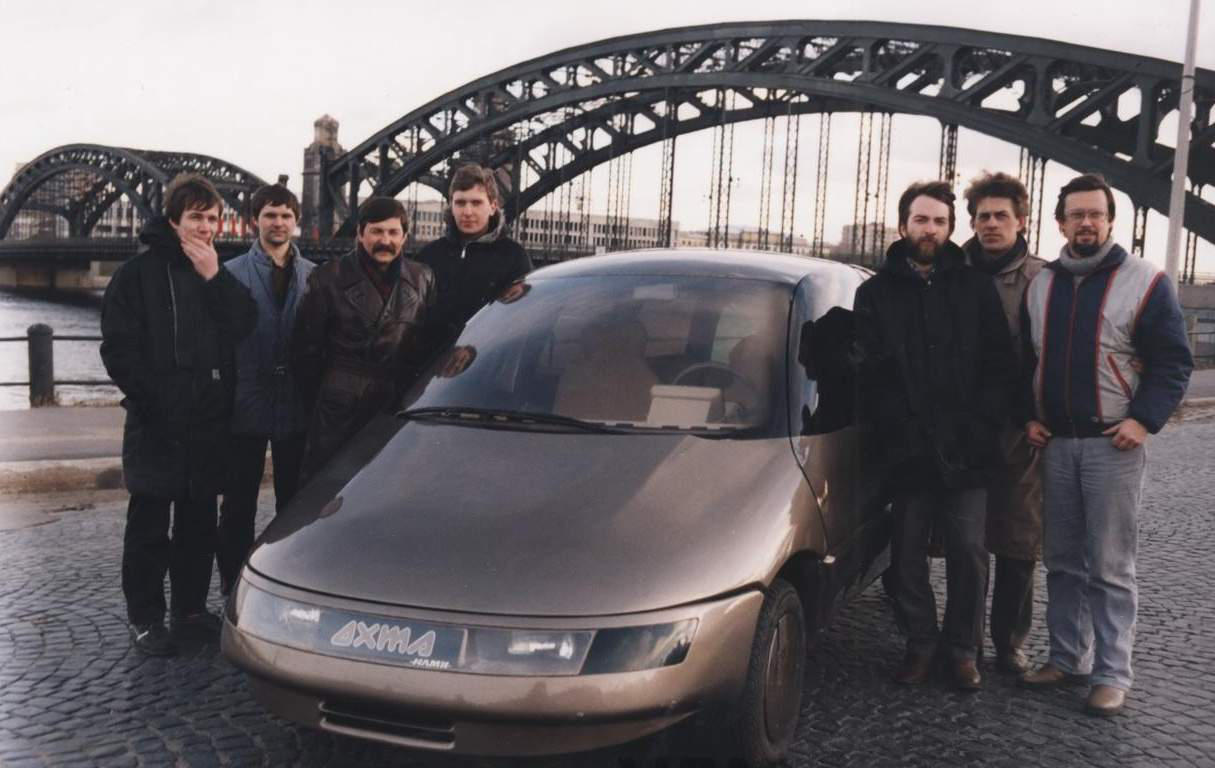
In 1986, the Leningrad Laboratory for the Perspective Prototyping of Cars at the US began work, where Soviet prototypes of automobiles of the future were to be created. Dmitry Parfyonov became the head of the laboratory, and Gennady Khainov, the very creator of Laura, became his deputy. The starting project of the laboratory was the creation of a promising minivan called Okhta.
A year later, the first prototype was completed. Seven-seater car interior could be transformed - the front seats could turn around 180ᵒ, and the middle row could be upgraded to a table. From under the front bumper at high speeds, a spoiler was advanced to increase downforce. Unfortunately, the mass construction of the car was never destined to happen due to the imminent collapse of the USSR.
